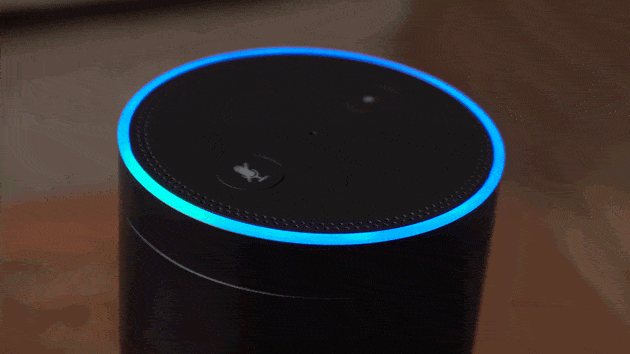HRE Column: Getting Personal with HR Tech
Once again, I offer my semi-frequent reminder and pointer for blog readers that I also write a monthly column at Human Resource Executive Online called Inside HR Tech that can be found here.
This month, after having attended several HR technology solution provider user conferences, I look at the major ideas, themes, and directions these providers, (and others) are talking about, using as design cues for their latest innovations, and are becoming more important for HR leaders to think about and understand. I am not looking directly at individual bits of functionality or capability, but rather more fundamental and cross-product ideas and concepts in HR tech.
These are some of the major themes that we will be focusing on for the next HR Technology Conference - the nature of the most innovative HR technology solutions are putting user experiences, personalization, and embedding more intelligent recommendations to users and HR leaders.
In the piece, I talk about each of these themes in some detail.
Here's an excerpt from this month's piece in HRE Online:
A major part of the planning process in creating the program for the upcoming HR Technology Conference and Exposition® is attending as many industry and HR technology solution provider customer conferences as I can. The primary benefit for attending these events are the conversations: with product executives about their current and future plans, with HR leaders who are using these products in their organizations, and with industry analysts and influencers about what they are seeing in the HR tech market.
In the last month or so, I have had the opportunity to attend three such events: Ultimate Software’s Connections conference in Las Vegas, IBM’s Think event (also in Las Vegas) and Oracle HCM World in Dallas. (As an aside, while I do believe Las Vegas is the best place for any large conference, kudos to Oracle for choosing a location with great weather and great barbecue.)
Rather than producing an event report for each conference, I thought I’d take this opportunity to highlight some common themes across all three events. While every HR technology provider approaches new trends, technologies and customer challenges in its own way, it is useful to assess what kinds of technology developments and “big picture” considerations are being seen across the industry, as these tools and developments are likely to shape much of the HR technology conversation for both solution providers as well as in customer organizations this year.
Here are the three major themes I took from those recent conferences.
AI-powered Solutions
At HR Tech last year, artificial intelligence was the one theme that seemed to emerge out of almost every conversation with a solution provider. This is a good thing for HR leaders, but potentially problematic as well. While the promise of AI and AI-powered HR technology is amazing, the confusing blend of terminology, technology and marketingspeak can make AI in HR tech a difficult concept to grasp, as well as challenging to understand its practical applications.
At the recent events I have attended, one major theme seems to be communicating more clearly in this emerging HR technology area. Currently, the primary way this technology is being deployed in HR tech is in the form of using AI to create more specific and tailored recommendations to support HR and HCM processes (for example: job matching, targeted employer value proposition messaging to specific, desired candidates, and recommended actions for managerial coaching and development opportunities for current employees). These and other AI-powered capabilities are demonstrating how this advanced technology can be put to work by HR and organizations without having to “learn” how the AI really works or hire AI-savvy HR staffers.
Expect to see more AI usage, and more examples of AI becoming the “fabric” of HR technology platforms as this technology evolves and organizations become more comfortable with AI-powered HR tools. From what I heard at the three recent conferences, AI offers HR leaders tremendous opportunity and promises to dominate the discussion in HR tech in 2018 and beyond.
Read the rest at HR Executive online...
If you liked the piece you can sign up over at HRE to get the Inside HR Tech Column emailed to you each month. There is no cost to subscribe, in fact, I may even come over and plant your spring garden, take your dog for a walk, or change the oil in your lawn mower.
Have a great day!

 Steve
Steve



